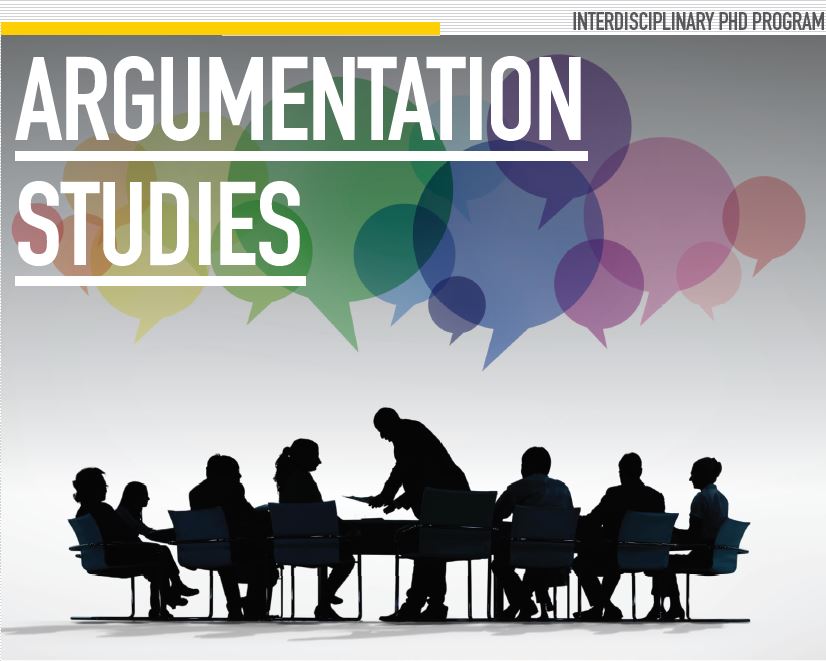Document Type
Paper
Start Date
15-5-1999 9:00 AM
End Date
17-5-1999 5:00 PM
Abstract
To build an argument--and particularly an argument presented as a monologue--a writer must assemble and marshal a battery of supports for a claim. Some of those supports will be arranged in convergent structures, some as linked; some will be expressed , some will be left implicit; sometimes a support will need further support of its own--and sometimes, not. This paper explores the factors which lead a writer to make particular choices, the interactions between those factors, and the constraints on a w riter's freedom in exercising her power, drawing on recent findings in computational modelling of the generation process.
Creative Commons License

This work is licensed under a Creative Commons Attribution 4.0 International License.
Response to Submission
Douglas Walton, Commentary on Reed
Reader's Reactions
Michael Gilbert, Commentary on Reygadas & Haidar (May 1999)
Included in
Building monologue
To build an argument--and particularly an argument presented as a monologue--a writer must assemble and marshal a battery of supports for a claim. Some of those supports will be arranged in convergent structures, some as linked; some will be expressed , some will be left implicit; sometimes a support will need further support of its own--and sometimes, not. This paper explores the factors which lead a writer to make particular choices, the interactions between those factors, and the constraints on a w riter's freedom in exercising her power, drawing on recent findings in computational modelling of the generation process.

